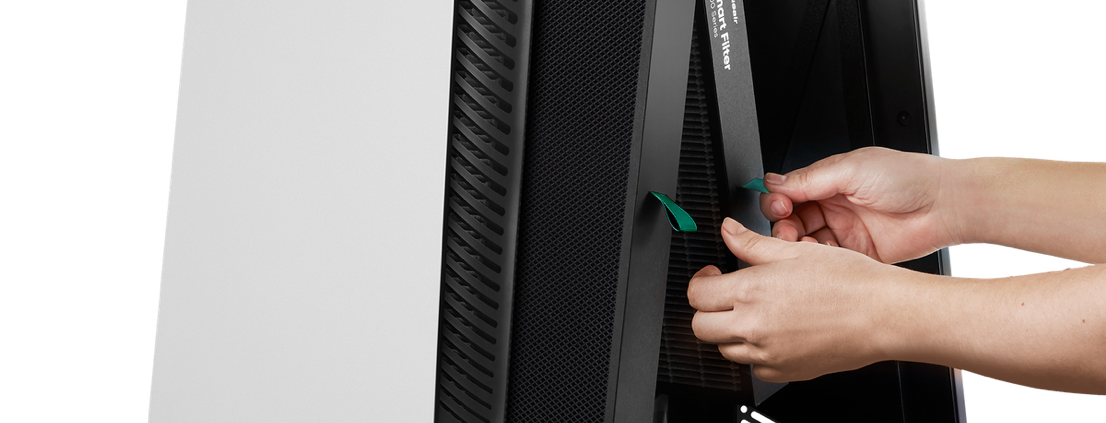What is a Clean Air Zone: Which Hospitals Are In Clean Air Zones?
Local authorities are introducing clean air zones in towns cities across the UK.
What is a Clean Are Zone?
Clean Air Zones are designated areas where authorities will take targeted action to improve the local air quality. The measures mainly involve targeting vehicle emissions with charges for any vehicles that exceed certain emission standards. There may also be reduced speed limits in clean air zones, which have been shown to have an impact on air quality.
Why Are Authorities Introducing Clean Air Zones?
The Government’s Clean Air Zone framework states that clean air zones are being introduced with a specific focus on reducing NO2 concentrations.
What is NO2?
NO2 is nitrous dioxide, a harmful chemical compound that’s mainly formed in the combustion of fossil fuels. You can read our full guide to the health risks associated with NO2.
But NO2 is not the only hazardous or toxic air pollutant found in vehicle exhaust fumes. Clean air zones can also help reduce levels of particulate matter, including PM10 and PM2.5.
The Different Types of Clean Air Zones
There are four types of clean air zones – Class A, Class B, Class C, and Class D. Each class denotes the type of vehicle to which restrictions apply:
- Class A – Buses, coaches, taxis, private hire vehicles.
- Class B – All of the vehicles included in Class A, along with heavy goods vehicles.
- Class C – All of the vehicles included in Class A and Class B, along with vans and minibuses.
- Class D – All of the vehicles included in Class A, Class B, and Class C, as well as cars. In Class D clean air zones, the local authority may also include motorcycles.
Which UK Cities Have Clean Air Zones?
Currently, seven UK cities have clean air zones:
- Bath – Class C, 1.2 square miles.
- Birmingham – Class D, 2.96 square miles.
- Bradford – Class C, 9.35 square miles.
- Bristol – Class D, 1.18 square miles.
- Portsmouth – Class B, 1.16 square miles.
- Sheffield – Class C, 0.9 square miles.
- Tyneside (Newcastle and Gateshead) – Class C, 0.94 square miles.
Greater Manchester is also planning to introduce a clean air zone, though it’s not yet apparent what class this zone will be, or how big an area it will cover.
In addition to this, London has a separate system of low and ultra-low emissions zones (ULEZ). There is also a separate system of low emission zones (LEZ) in certain Scottish cities.
The Importance of Clean Air Zones
Clean air zones may have a positive impact on public health. For some years now there have been serious concerns about the effects of air pollution on vulnerable populations – particularly in healthcare settings.
One report found that 25% of UK hospitals are located in areas with dangerously high levels of air pollution. A further study found that 60% of hospitals and NHS facilities in London are in areas that exceed air pollution limits.
Which UK Hospitals Are in Clean Air Zones?
To find out which UK hospitals are in Clean Air Zones, check this RAC Foundation clean air schemes map. In some areas there may be certain exemptions for hospital patients driving in clean air zones.
In Bristol, for example, residents do not have to pay to drive in the zones if they qualify for NHS travel costs support. This includes people on benefits such as universal credit, income support, and jobseekers allowance.
Is Your Hospital in an Area With High Pollution Levels?
If your hospital or healthcare setting is not located in a clean air zone, then you may have concerns about the pollution levels in your area, and the effects they may be having on staff, patient, and visitor health.
Cairn Technology can help you address the air quality in your hospital. We can provide specialist air quality monitoring schemes in any areas of your hospital where vulnerable patients congregate, as well as any areas where there may be exposure risks for your staff.
We also stock hospital-grade air filtration systems which can help you significantly improve the air quality in your hospital – and quickly.
Our Blueair HealthProtectTM air purifiers are fitted with advanced HEPASilent technology. This is capable of catching 99.97% of particles down to 0.1 microns, which includes PM2.5 fine air particles. But at the same time, they’ll capture many other hazardous and toxic air pollutants. They can also capture and kill 99% of viruses and bacteria.
Take a look at our specialist air purification systems for hospitals.



